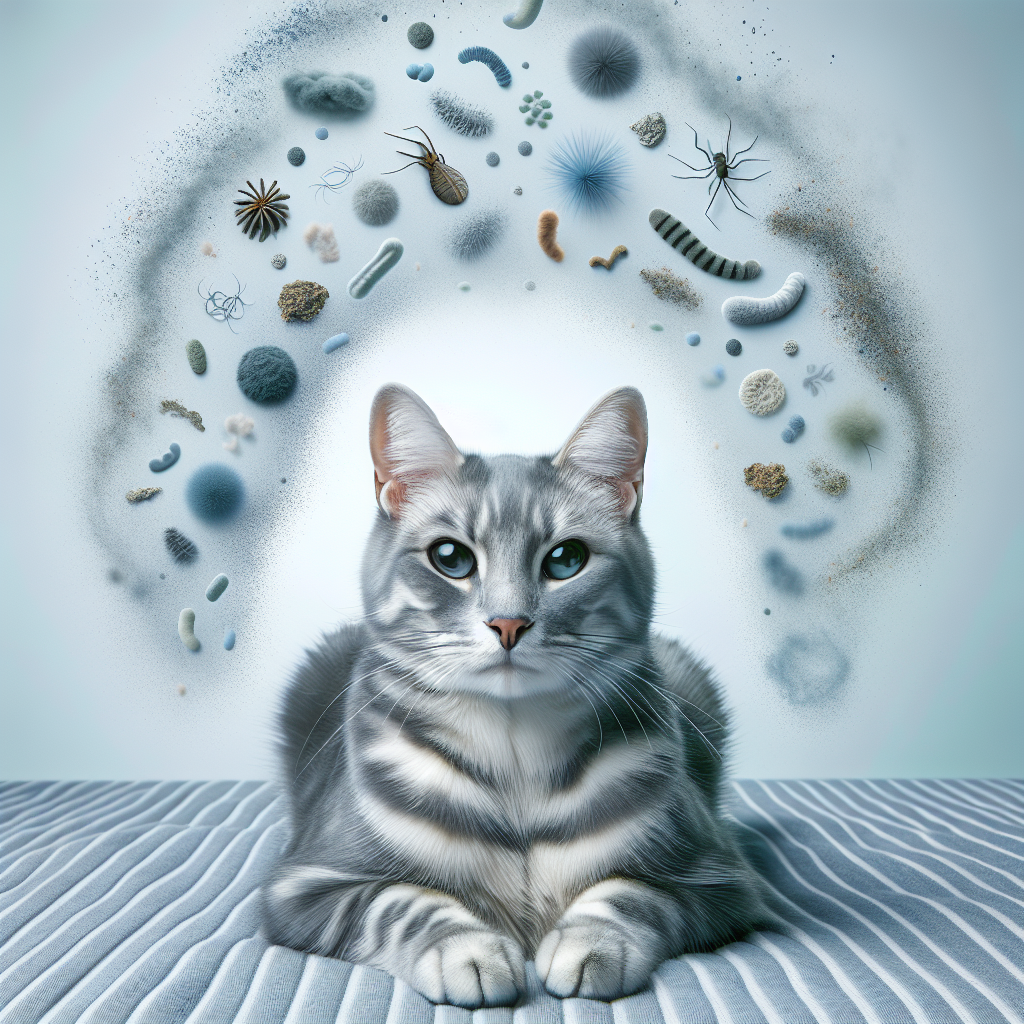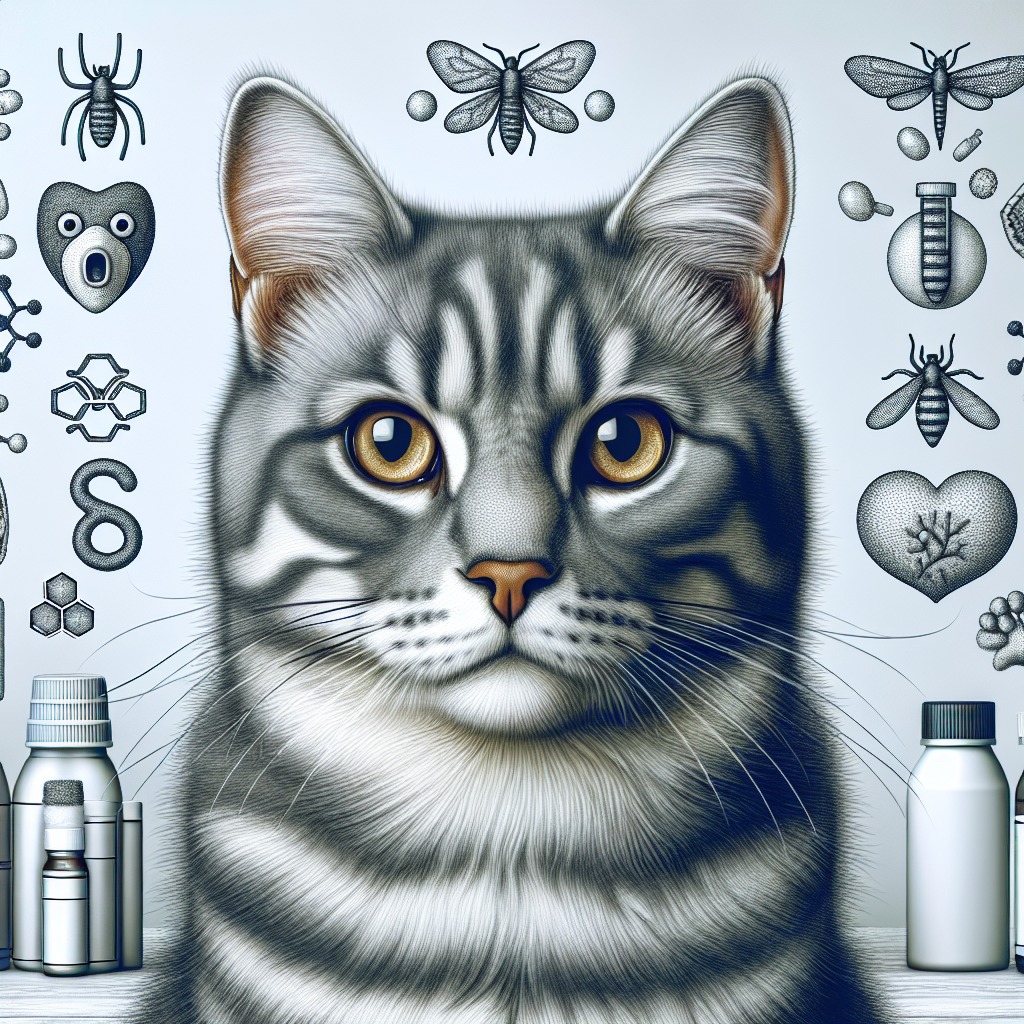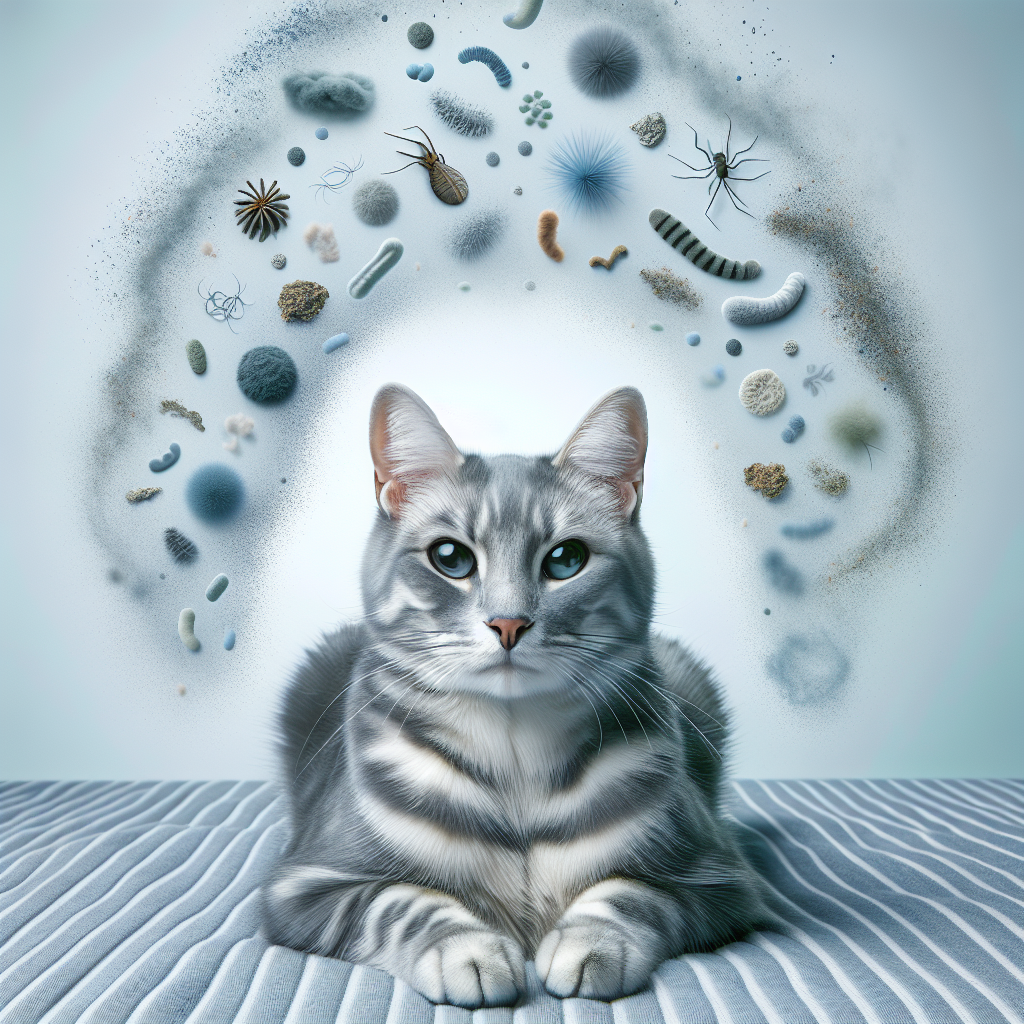If you’ve ever found yourself longing for a furry feline companion but afraid that your allergies might stand in the way, you’re not alone. The question of whether grey tabby cats are hypoallergenic is a common one among potential cat owners. While there may not be a straightforward answer, this article will explore the topic, shedding light on the truth behind hypoallergenic cats and providing valuable insights for those in search of a sneeze-free friendship. So, grab your tissue box and let’s unravel the mystery of grey tabby cats and allergies!

What does hypoallergenic mean?
Hypoallergenic is a term often used when describing items, such as cosmetics or pet products, that are less likely to cause an allergic reaction. In the context of cats, hypoallergenic refers to breeds or individual cats that are believed to produce fewer allergens or proteins that can trigger allergies in some people. While it is important to note that no cat breed is completely hypoallergenic, certain breeds are said to be more suitable for individuals with allergies.
Understanding allergies and allergic reactions
Allergies occur when the immune system overreacts to substances that are typically harmless. When a person with a cat allergy comes into contact with allergens, their immune system responds by releasing chemicals that cause allergic symptoms. Common symptoms of allergies include sneezing, coughing, runny or stuffy nose, itchy or red eyes, skin rash or hives, and difficulty breathing.
Defining hypoallergenic
In the context of cats, hypoallergenic refers to cats that are believed to produce fewer allergens or have qualities that make them less likely to trigger allergies. It is important to understand that hypoallergenic does not mean allergy-free. Even hypoallergenic cats can still produce allergens, but they may produce them in smaller amounts, making them potentially more tolerable for individuals with allergies. It is important for individuals with allergies to consult with a healthcare professional or allergist before adopting any cat, including hypoallergenic breeds.
Common symptoms of cat allergies
Cat allergies can manifest in a variety of symptoms. Sneezing and coughing are common allergic reactions, as the body’s attempt to expel allergens from the respiratory system. Allergens can also cause a runny or stuffy nose, leading to congestion and discomfort. Itchy or red eyes may occur due to the inflammation caused by exposure to cat allergens. Some individuals may experience a skin rash or hives if they come into direct contact with cat allergens. In severe cases, cat allergies can even lead to difficulty breathing, which may require immediate medical attention.
What causes allergies to cats?
The primary allergen responsible for cat allergies is a protein called Fel d 1. This protein is produced by cats and is found in their skin, saliva, and urine. When cats groom themselves, the Fel d 1 protein can become airborne or be transferred to their coats, bedding, or other surfaces. When individuals come into contact with these allergens, they can trigger an allergic reaction. In addition to Fel d 1, other allergens present in cat saliva and urine can also contribute to allergic symptoms.
The myth of hypoallergenic cats
The belief that certain cat breeds, such as grey tabby cats, are hypoallergenic has become a common myth. This belief may stem from anecdotal evidence or individuals claiming that they have experienced fewer allergic symptoms with specific breeds. However, it is essential to rely on scientific evidence when discussing hypoallergenic cats.
Understanding the source of the myth
The myth of hypoallergenic cats may have originated from individuals who noticed fewer allergic reactions when exposed to certain cat breeds. These individuals then attributed the reduced symptoms to the hypoallergenic qualities of the specific breed. However, without scientific evidence, it is challenging to determine whether these individuals experienced a true reduction in allergenicity or if other factors were at play.
Scientific evidence regarding hypoallergenic cats
Numerous studies have been conducted to determine the allergenicity of different cat breeds, including grey tabby cats. These studies consistently show that while certain breeds may produce fewer allergens, no breed can be considered completely hypoallergenic. Individual variation in allergenicity also plays a significant role, as some people may be more sensitive to cat allergens regardless of the breed.
Examining fur color patterns in cats
Fur color patterns in cats, including grey tabby cats, have become a topic of interest when discussing hypoallergenicity. It is often believed that cats with certain fur colors, such as light-colored or hypoallergenic breeds, produce fewer allergens. However, there is no scientific evidence to support this belief. Fur color in cats is determined by genetics and has no direct correlation with allergenicity.
The connection between fur color and hypoallergenicity
While there is no connection between fur color and hypoallergenicity, it is important to note that grooming practices can influence allergen levels in a cat’s fur. Regular grooming and bathing can help reduce the amount of allergens present on a cat’s fur, regardless of its color. Therefore, individuals with allergies may benefit from grooming their cats regularly to minimize allergen exposure.
Factors influencing hypoallergenicity in grey tabby cats
When it comes to hypoallergenicity in grey tabby cats, various factors can influence the allergenic potential of individual cats. Some grey tabby cats may produce fewer allergens due to genetic variations, while others may produce typical levels of allergens. It is crucial to remember that even if a specific grey tabby cat is considered hypoallergenic, it does not mean all grey tabby cats share the same trait.
Individual variation in allergenicity
Individual variation in allergenicity plays a significant role in determining the severity of allergic reactions to cats. Some individuals may experience minimal to no symptoms when exposed to cat allergens, while others may have severe allergic reactions. It is essential for individuals with allergies to understand their own sensitivities and consult with a healthcare professional or allergist for personalized advice.

Testing for allergenic potential
For individuals considering owning a cat, including a grey tabby, allergy testing can be beneficial. Allergy testing involves exposing the person to small amounts of cat allergens and monitoring their allergic reactions. This testing can help determine the individual’s sensitivity to different allergens, including those produced by cats. However, it is important to note that allergy testing should be conducted under the supervision of a healthcare professional.
Grooming and allergen control
Proper grooming practices are essential for individuals with allergies who choose to own a cat, regardless of the breed. Regular brushing and bathing can help reduce the amount of allergens present on a cat’s fur. Additionally, using allergen-neutralizing products, such as wipes or sprays, can further minimize allergen exposure.
Coexistence strategies
For individuals with allergies who choose to live with a cat, implementing coexistence strategies can help minimize allergic reactions. These strategies may include keeping the cat out of bedrooms or other areas where the allergic individual spends significant time, using air purifiers to filter allergens from the air, and regularly cleaning surfaces to remove allergens.
Special hypoallergenic cat breeds
While no cat breed can be considered completely hypoallergenic, certain breeds are believed to produce fewer allergens than others. These breeds may be more suitable for individuals with allergies, including those looking to own a grey tabby cat. Examples of hypoallergenic cat breeds include the Siberian, Balinese, and Russian Blue. However, it is essential to remember that individual variation in allergenicity still plays a significant role in determining the compatibility between a person with allergies and a hypoallergenic cat.
Creating an allergy-friendly environment
To create an allergy-friendly environment for individuals with grey tabby cats, several measures can be taken. This includes regularly cleaning and vacuuming the living area to remove allergens from surfaces and furniture. Using hypoallergenic bedding and washing it frequently can also reduce exposure to allergens. Additionally, using HEPA air purifiers can help filter allergens from the air, creating a more comfortable living space for individuals with allergies.
Personal care and hygiene
Individuals with cat allergies should prioritize personal care and hygiene to minimize allergic reactions. Washing hands thoroughly after touching cats or their belongings can help remove allergens from the skin. It is also advisable to avoid touching the face after coming into contact with cats to prevent allergens from reaching sensitive areas, such as the eyes or nose.
Allergen-neutralizing products and measures
Using allergen-neutralizing products, such as wipes or sprays specifically designed to reduce allergens, can be beneficial for individuals with allergies living with a grey tabby cat. These products can be used on cat fur, bedding, or other surfaces to help neutralize allergens and minimize exposure. It is important to note that these products should be used in combination with other allergy management strategies and are not a substitute for regular grooming and cleaning routines.
Considering other pets or animals
For individuals with severe cat allergies who still desire the companionship of a pet, considering alternative pets or animals may be a suitable option. Some animals, such as dogs or small mammals, may produce fewer allergens or have hypoallergenic qualities. Consulting with a healthcare professional or allergist can help determine which alternative pets may be more compatible with individuals with cat allergies.
Exploring alternative companionship
If owning a pet is not feasible due to severe cat allergies, individuals can still explore alternative ways to experience companionship. This may include volunteering at animal shelters or spending time with friends or family who have cats, as long as the allergic individual’s symptoms can be managed in those environments. Exploring alternative companionship can help fulfill the desire for a connection with animals while minimizing allergic reactions.
Seeking professional advice
Ultimately, when considering owning a grey tabby cat or any other pet, individuals with allergies should seek professional advice. Consulting with a healthcare professional or allergist can provide personalized recommendations and guidance based on the individual’s specific allergies and medical history. These professionals can help individuals make informed decisions regarding pet ownership, taking into account both their desire for companionship and their health considerations.
Balancing personal desires and health considerations
Finding a balance between personal desires and health considerations is crucial for individuals with cat allergies. While the desire to own a grey tabby cat or any other pet is understandable, it is equally important to prioritize one’s health and well-being. With proper education, allergen management strategies, and professional advice, individuals can make informed decisions that allow them to enjoy the companionship of a pet while minimizing the impact of their allergies.

